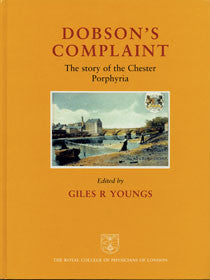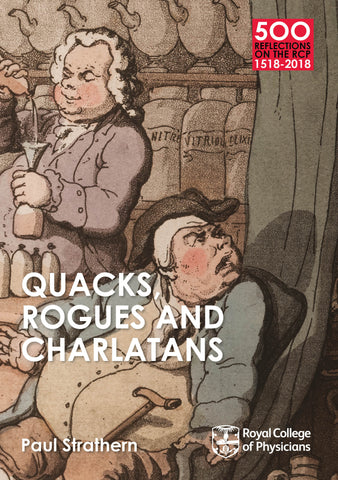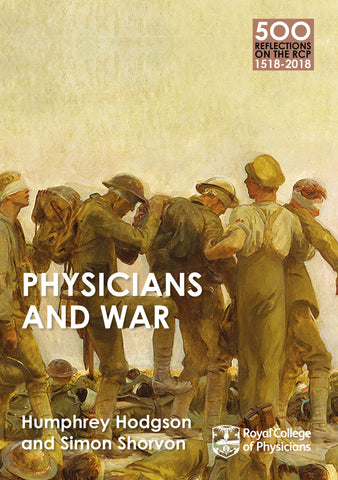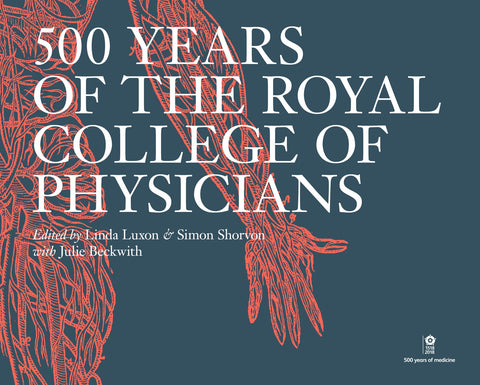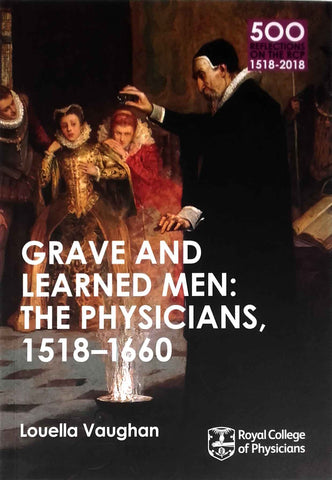Between 1941-53 six cousins from a large Chester family died between the ages of 16 and 30 years. Their respective death certificates recorded: nephritis, myotonia atrophica, operation (appendicitis), peripheral neuritis, and malignant hypertension (two subjects). Detective work forty years later - described in this book published in 1998 - shows that these death certificates were incomplete. The cousins' varying terminal illnesses were almost certainly all manifestations of acute hepatic porphyria. Several more cousins were to die at a young age from a condition which hoodwinked general and hospital practitioners in Chester over many years.
Porphyria has enjoyed a certain notoriety since being labelled 'The Royal Maladay' to explain King George III's strange illness and bizarre behaviour. The opulent scenes shown in Alan Bennett's film, The Madness of King George III, are far removed from the setting described in this monograph. Peter Dobson, grandfather of the six cousins, was a salmon fisherman from a close-knit community living on the bank of the River Dee which runs through the city of Chester. Most of the 330 descendants of his marriage in 1888 still live in the city. This remarkable fecundity is marred by the sad story of the medical experiences of the numerous family members afflicted in Malthusian fashion by porphyria. Their disabling illnesses and psychiatric upsets were often unrecognised as porphyria by their medical advisors. Incorrect diagnoses were made and inaccurate death certificates issued. Many were accused of hysteria and lost faith in their medical advisors. The family coined their own epithet for their malady: 'Dobson's complaint'.
This monograph provides an intriguing cameo of medical practice in the middle decades of the 20th century and contributes to the understanding of porphyria, a condition which like syphilis, often masquerades as a more benign condition.
Most physicians are acquainted with the symptoms of porphyria but many would cringe if asked to expound its biochemical and classificatory features. Readers can be reassured that this monograph is aimed at the non-specialist physician.


